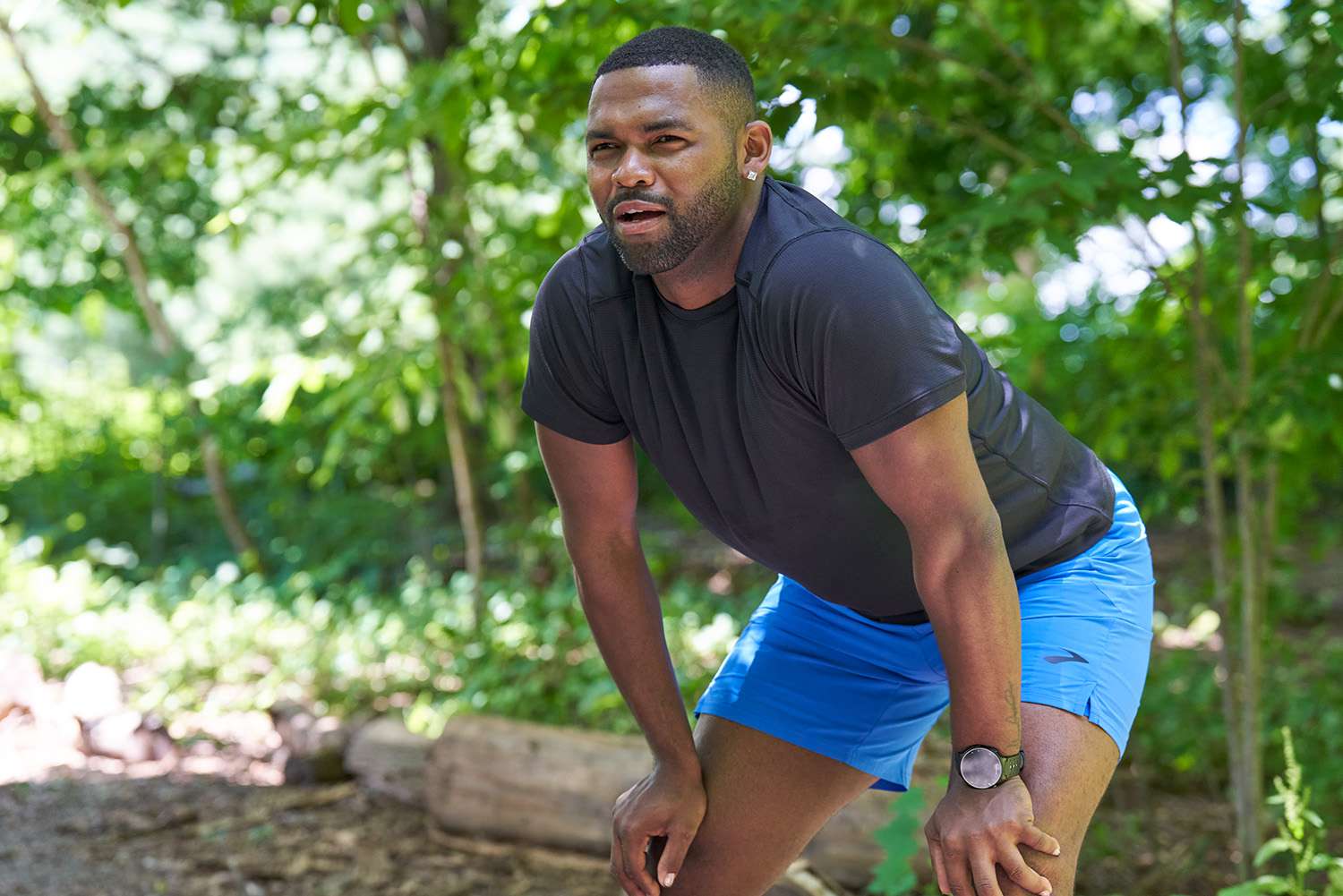When you’re motivated to get fit, it’s easy to think that more workouts mean faster results. But the truth is, progress doesn’t just happen when you’re training — it happens when you rest. Rest and recovery are essential parts of any fitness routine, helping your body repair, rebuild, and come back stronger. Here’s why taking a break can actually help you get fitter, not weaker.
1. Your Muscles Grow When You Rest
Every time you exercise, you create tiny tears in your muscle fibers. During rest, your body repairs those tears, making your muscles stronger and more resilient. Without proper rest, your body doesn’t have time to heal — which can lead to fatigue, soreness, or even injury.
Think of your rest days as your body’s “rebuild days.” You’re not being lazy — you’re allowing your muscles to grow.
2. Rest Prevents Overtraining
Overtraining happens when you exercise too often without giving your body time to recover. Symptoms can include constant tiredness, poor sleep, lack of motivation, and even a drop in performance.
Taking regular rest days helps you avoid burnout and keeps your workouts effective in the long run.
3. Recovery Improves Performance
When you’re well-rested, you have more energy, focus, and strength. Your body performs better because your muscles and joints have fully recovered. That means better form, higher intensity, and more enjoyable workouts overall.
4. Sleep Is the Ultimate Recovery Tool
Sleep is when your body does most of its repairing work. During deep sleep, your body releases growth hormone — crucial for muscle recovery and fat loss.
Aim for 7–9 hours of quality sleep each night to support your training and overall well-being. If you’re cutting sleep short, you’re also cutting your progress short.
5. Active Recovery Keeps You Moving
Rest doesn’t always mean doing nothing. Active recovery — like walking, yoga, or light stretching — helps boost blood flow and reduce stiffness while still giving your muscles time to heal.
Try a gentle yoga session, a slow bike ride, or a relaxing swim on your rest days to stay active without overdoing it.
6. Listen to Your Body
Your body sends clear signals when it needs rest — fatigue, soreness, irritability, or lack of motivation. Don’t ignore them. Rest isn’t a setback; it’s part of the process. Learning to listen to your body is one of the smartest things you can do as a beginner.
7. Plan Rest into Your Routine
A balanced workout plan includes both training and recovery days.
For beginners, start with:
- 3–4 workout days per week
- 2–3 active or full rest days
As your body adapts, you can adjust, but rest days should always stay part of the plan.
Final Thoughts
Rest and recovery aren’t signs of weakness — they’re the secret to strength. Every time you rest, you give your body the chance to grow, rebuild, and come back stronger. So next time you feel guilty about skipping the gym, remember: taking care of your body is part of the workout. Train hard, rest smart, and you’ll see better results than ever.

